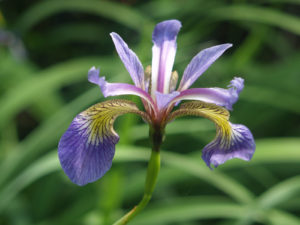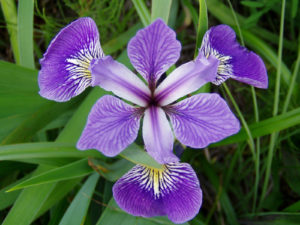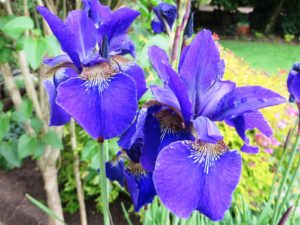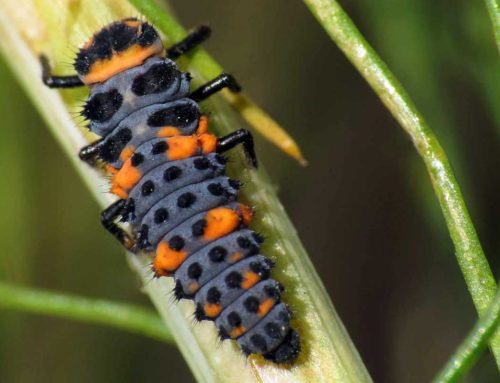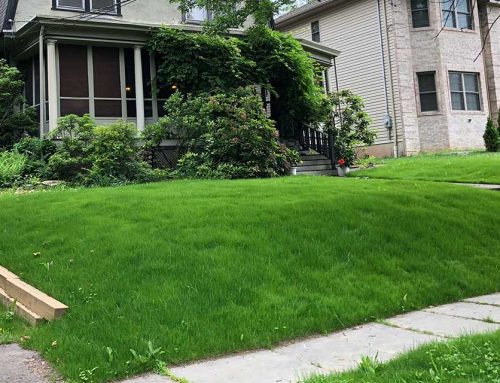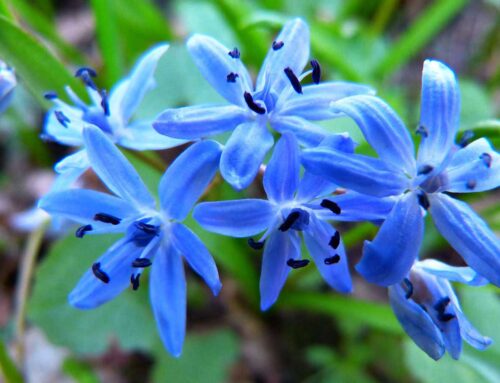Sustainable Landscaping with Native Plants
Iris Versicolor – Blue Flag Iris
Blue flag iris or Iris versicolor is a herbaceous perennial, found in wetlands, ponds or around any other water sources. The pedals are very attractive, and because of that they are good plants for attracting hummingbirds to your yard.
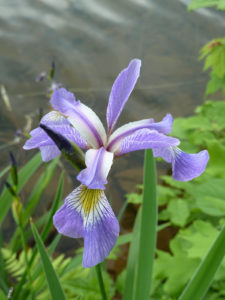
Blue flag iris’ will grow best in planting zones 3-9 (USDA Plant Hardiness Zones) in full sun to partial shade. They should be planted in wet soil; or if you have a water source in your yard, you can use pond plant baskets to grow them. If planting these iris’ in water, make sure you plant them at a depth of 6 inches and in full sun to partial shade.
If you’re growing in soil, here are the steps you’ll need to take to grow these beautiful plants:
1.) These plants require a lot of a watering. The soil should be consistently slightly moist from spring until fall. If planting in full sun, make sure you give it even more water to avoid the soil from drying out quickly.
2.) It’s recommended to fertilize your iris’ with a 6-10-10 organic fertilizer when you plant the iris, and again about one month before they bloom in the spring months. They should also be fertilized once every subsequent bloom.
3.) After blooming, you can remove dead flower stalks with scissors as well as any dead flower heads, just to keep the plant looking nice. Make sure to only prune when the foliage is becoming yellow. The leaves help store energy for the plant’s rhizomes and so they should not be cut early. Plants spread out by rhizomes in order to make plant colonies. However, the rhizomes of blue flag iris are poisonous, if you plan to divide or propagate this plant, make sure you have a pair of gloves.
4.) Divide blue flag iris rhizomes in the fall every 2-4 years when they start to produce fewer flowers, or when your garden starts to become too full of these plants. To start, cut the foliage back until it is about half the size it used to be. Then, lift the rhizomes from the soil with a garden fork. Cut the rhizomes with a sharp knife (dipped in 10 percent bleach solution to avoid plant disease) so that every section has at least one eye. Remove the rotten and shriveled areas of the rhizomes, as well as the older parts near the center of their rhizomes.
5.) After dividing, you can replant the healthy rhizomes in moist organic soil slightly below the soil surface, with one end of the rhizome sticking out.
Lincoln Landscaping “The Natural Choice”
Mike Kolenut President & CEO
https://lincolnlandscapinginc.com
(201) 848-9699

